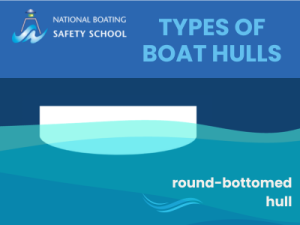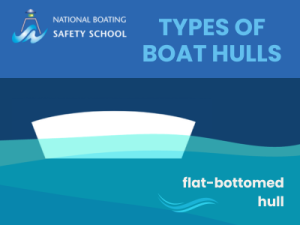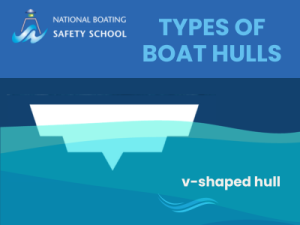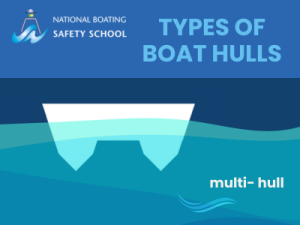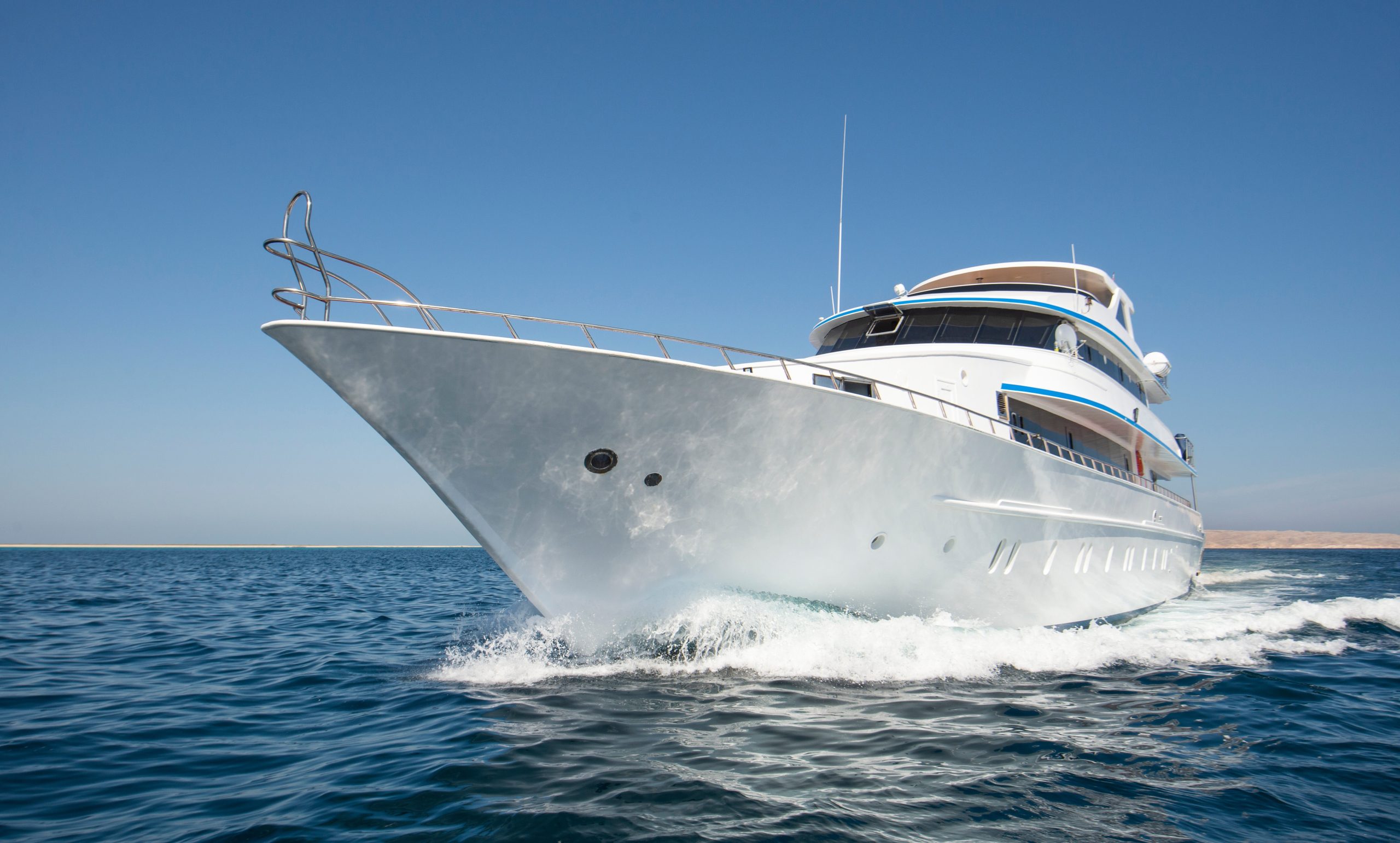
Boat Hull Types and Designs
When it comes to boats, the hull type is really important. It’s not just about looks – the way a boat’s hull is shaped determines what the boat can do on the water. There are different types and designs of hulls for different jobs.
Some hulls move through the water by pushing it aside, making the ride steady and smooth. Others are designed to skim on top of the water, which is called “planing.” And there are many different shapes within these two categories, each suitable for specific purposes. Whether you want a gentle ride or you’re looking for thrilling speed, your boat hull type will determine what kind of boating experience you will have.
What is a boat hull?
To start, let’s go over some terms. The hull is the main body of a boat. This is the part of the boat that is watertight, with the deck serving as a kind of roof over the hull. The point where the hull meets the water is called the waterline, and the angle at which the hull meets the water surface, measured in degrees, is known as the deadrise. Boaters often measure the deadrise at different points on a boat to evaluate how efficiently the vessel will move through the water.
Keep reading to learn about the main types of boat hulls, and the types of boating activities they are best suited to.
Displacement Hulls
Displacement hulls are commonly found in large ships, trawlers, and traditional recreational sailboats. While they might not allow for fast travel, these hulls are stable and can carry big loads with smaller propulsion systems. The bottom of displacement hulls is usually rounded, and ballast is positioned low in the center.
Displacement hulls are found in sailing boats, slow-moving vessels, and substantial watercraft like cruise ships. Their combination of weight and power makes them settle quite deep in the water, and when they move, they displace water rather than gliding across its surface. When not moving, these rounded hulls will generally roll in response to waves and swells.
Round-Bottom Hulls
Hulls featuring a rounded bottom design are typically categorized as displacement hulls. They are engineered to move smoothly and effortlessly through the water, such as in the case of a canoe.
This design characteristic does have a drawback when it comes to stability. Use extra caution when embarking, disembarking, and loading these types of boats, because boats with round-bottomed hulls are likely to wobble and even capsize.
Planing Hulls
Powerboats and pwc’s often have planing hulls, which is one reason they can glide swiftly across the water’s surface at high speeds. At lower speeds, these hulls behave similarly to displacement hulls, but they can smoothly transition into a planing state at around 15-16 MPH, depending on individual boat design and weight. Planing hulls come in a variety of shapes, each with specific advantages and drawbacks.
These hulls are often found in smaller, faster boats.
Flat-Bottom Hulls
Boats with flat-bottomed hulls are stable and are a good choice for transporting heavy loads. Not much engine power is needed to achieve planing, but keep in mind these boats do not offer a very comfortable ride on choppy waters or in heavy weather.
Small aluminum or fiberglass fishing boats often have flat hulls. They generally feature shallow drafts and plenty of deck space, making them well-suited to leisure activities, especially on calm waters like slow-flowing rivers and small lakes or ponds.
V-shaped, V-bottom or ‘Vee-shaped’ Hulls
V-shaped hulls slice through waves and offer a smooth ride even in choppy waters. However, they do require a more power achieve planing, and they can roll or bank when making sharp turns. V-shaped hulls also don’t offer much space for storage and passengers. These hulls are often found on fast, long-distance fishing boats, since they make it possible to cross open water quickly to get to fishing locations.
V-shaped Hulls are a popular type of hull for powerboats and fiberglass motorboats, which usually have larger engines. To understand the impact of your boat engine on your surroundings, it’s a good idea to learn more about your boat’s wake and wash.
Multi-Hulled Boats
Multi-hulled boats have separate, distinct hulls, which can be either planing or displacement hulls. The type of hull depends on the size of the boat and the engine. Multi-hull water vessels include catamarans, trimarans, pontoons boats and some types of houseboats, which can be either sailboats or powerboats.
Multi-hull boats are very stable, but steering and turning them is only possible in larger bodies of water.
The National Boating Safety School teaches boating safety and more!
Boat hull types and designs vary, and different boating activities will require different types of hulls for optimal performance.
Planing hulls are best for boating at high speeds, while displacement hulls are better for slower travel by larger vessel or on calm water. Within these two broad categories, you will also need to choose from among flat-bottomed, round-bottomed, V-shaped and multi-hulled boats.
You can learn more about types of boats and how to safely navigate the many bodies of water in Canada by following our Canadian Boat Safety Course.


